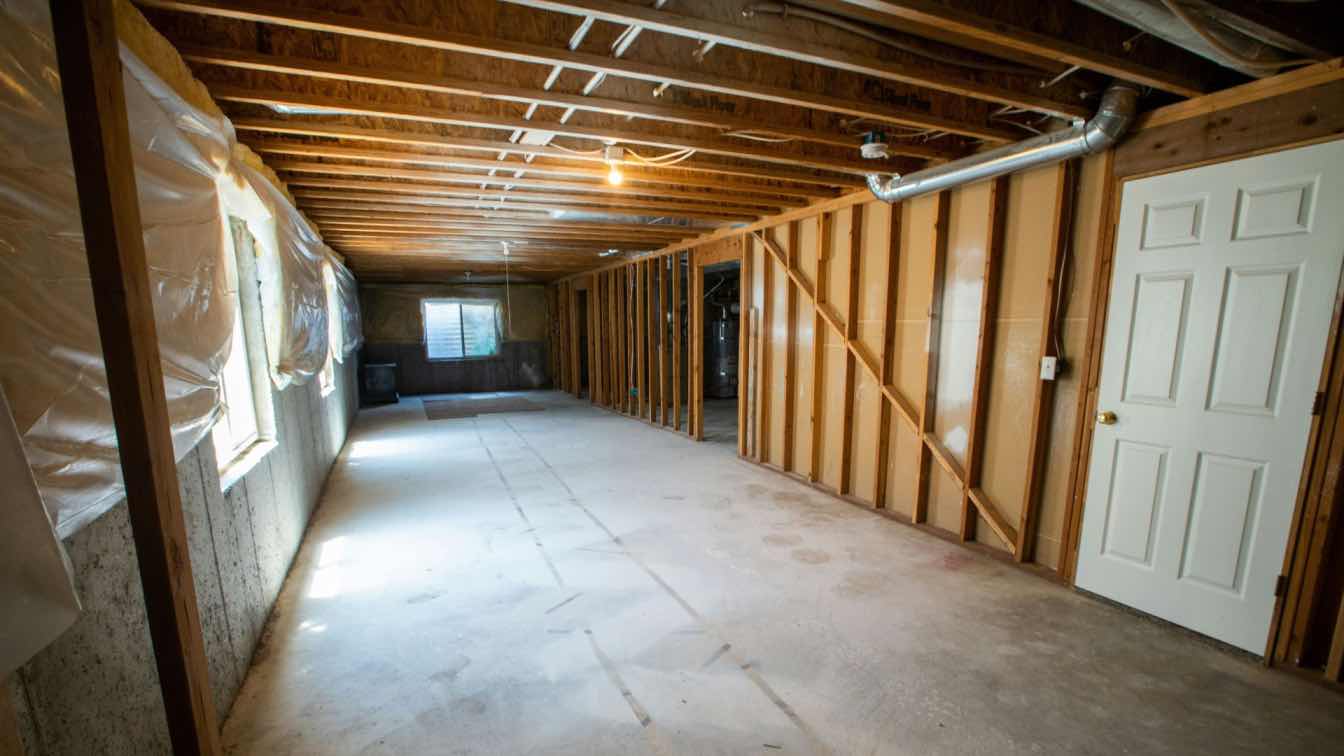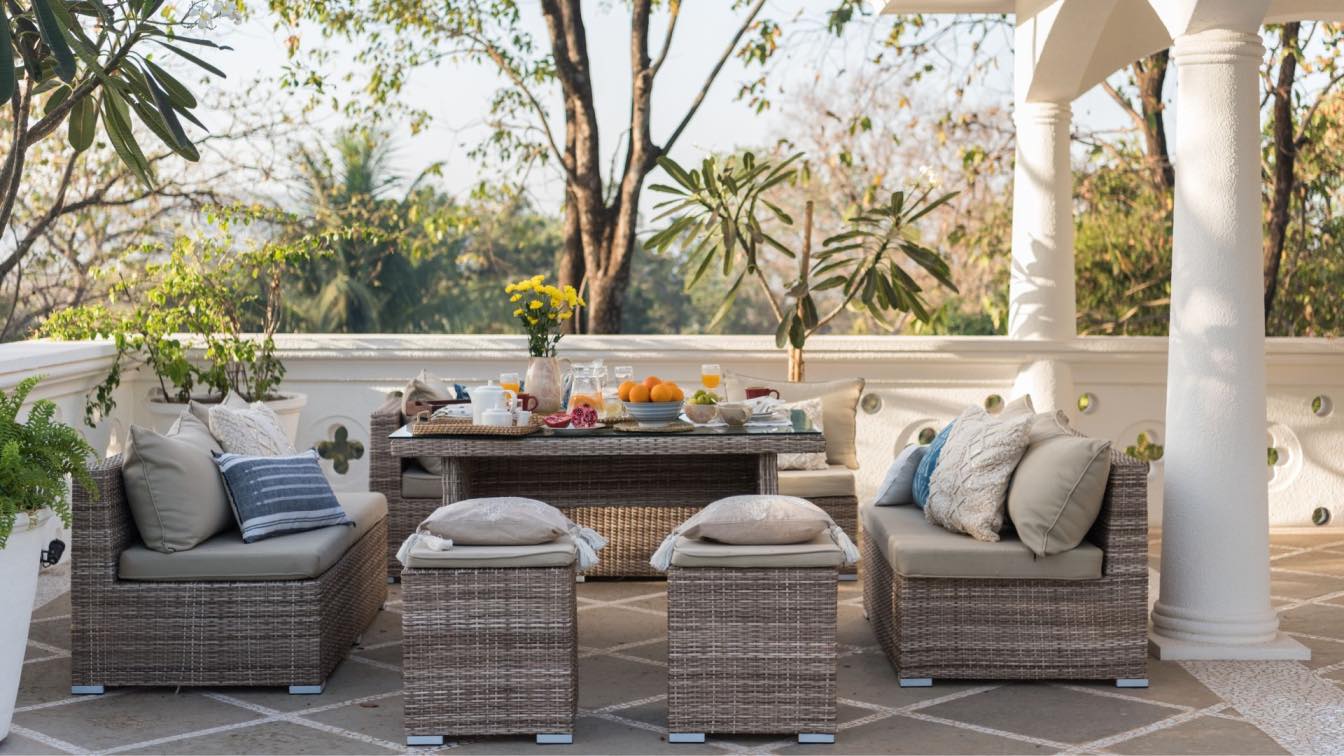Basements are often the most underutilized areas of a home, yet they hold immense potential. Proper framing can transform this space into a functional, beautiful, and valuable part of your house. Whether you’re planning to create a cozy family room, a functional home office, or a sleek entertainment zone, the foundation of a successful basement renovation lies in expert framing. Homeowners can explore various basement framing services to ensure their projects are executed with precision and durability. This article explores creative basement framing ideas.
Why framing matters
Framing serves as the skeleton of any interior construction project. It provides the structural foundation for walls, ceilings, and floors, ensuring that the finished space is both durable and aesthetically pleasing. In basements, where challenges like moisture and uneven floors are common, proper framing becomes even more critical. A poorly framed basement can lead to uneven walls, structural instability, and costly repairs down the road.
Creative basement framing ideas
Once you’ve decided to frame your basement, the possibilities for the space are virtually limitless. Here are some innovative ideas to help you make the most of your basement framing project:
1. Multi-functional living spaces
Modern families often require spaces that serve multiple purposes. When planning your basement framing, consider dividing the area into zones. You might designate one section for a home theater, another for a play area, and a third for a small home gym. This layout requires meticulous framing to ensure each section has clear boundaries while maintaining an open, cohesive flow.
Using techniques like framing half-walls or incorporating sliding doors can enhance functionality while maintaining an open-concept feel.
2. Custom built-ins
Adding built-ins to your basement design maximizes storage and creates a polished look. Framing custom shelving units or entertainment centers ensures they fit perfectly within your space.
For example, you might frame alcoves for bookshelves, a recessed area for a flat-screen TV, or a bar nook for entertaining. Custom framing makes these ideas possible, giving your basement a unique, tailored aesthetic.
3. Guest suites or rental units
Converting your basement into a guest suite or rental unit is an excellent way to add value to your home. Framing for a separate bedroom, bathroom, and small kitchenette is essential to create a comfortable and functional space.
4. Open-concept entertainment areas
If you love hosting gatherings, consider framing your basement for an open-concept entertainment area. A large, open space can accommodate seating, a pool table, or even a bar. Structural framing is critical here, as it must provide adequate support without the need for numerous load-bearing walls that could obstruct the open design.
5. Home office or study
The rise of remote work has made home offices more important than ever. Basements offer a quiet, secluded environment ideal for focused work. Framing a dedicated office space with built-in desks, shelving, and lighting accommodations ensures productivity and comfort.
Challenges and solutions in basement framing
Framing a basement isn’t without its challenges. Basements often have unique issues that require special attention during the framing process. Let’s explore some common challenges and practical solutions:
1. Moisture and mold prevention
Basements are prone to moisture, which can lead to mold and mildew growth if not addressed during framing. Using moisture-resistant materials and installing vapor barriers help keep walls and floors dry. Proper insulation and ventilation also play a crucial role in maintaining a dry environment.
2. Uneven floors and ceilings
Older homes often have uneven basement floors and low ceilings. Adjustments to framing techniques can level surfaces and create a balanced, visually appealing space. Strategic framing can work around these irregularities while maintaining structural integrity.
3. Compliance with building codes
Building codes vary by location, and basements have specific requirements for egress windows, ceiling height, and insulation. Ensuring compliance with these standards from the beginning prevents issues down the road and contributes to a safe living space.
Conclusion
Basements are a treasure trove of untapped potential, and proper framing is the key to unlocking it. Whether you’re envisioning a multi-functional living area, a custom entertainment zone, or a private guest suite, expert framing sets the foundation for success.
Don’t let your basement remain a dark, unused area. With innovative framing ideas and a well-thought-out plan, you can transform it into one of the most valuable parts of your home. From moisture-resistant designs to open-concept layouts, the possibilities are endless when you take the right approach to basement framing.





